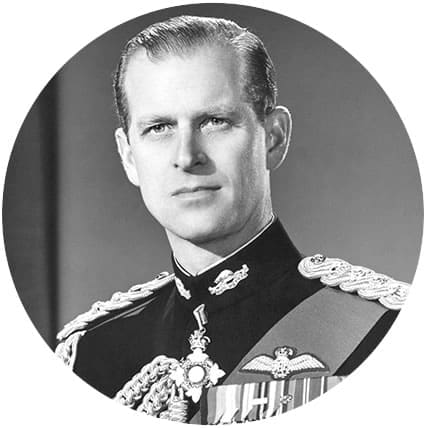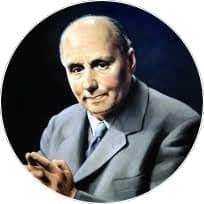History
The Duke of Ed Framework was designed and first introduced in the United Kingdom in 1956 as The Duke of Edinburgh’s Award. The aim was to motivate boys aged between 15 and 18 to become involved in a balanced program of voluntary self-development activities to take them through the potentially difficult period between adolescence and adulthood.
The Duke of Edinburgh’s International Award grew out of the efforts of three men-HRH Prince Philip, Kurt Hahn, a German educationalist and founder of Outward Bound and the United World Colleges, and Lord Hunt, leader of the first successful ascent of Everest – who were aware that young people’s development was lacking in certain key areas.
Within the first year of its establishment, the lower age limit was reduced to 14, where it has stayed ever since. A girls’ Framework was launched in 1958, and the two separate Frameworks (known as schemes) were amalgamated in 1969. In 1957 the upper age limit was increased to 19 and subsequently increased several times to 25 years in 1980 and has retained this 14-24 age range since then.
The unique flexibility of the Duke of Ed Framework made it ideally suited to easy adaptation and integration into different cultures and societies and it was soon adopted by schools and youth organisations in other countries.
Since 1956, the Duke of Ed has developed and grown internationally and now reaches young people in 130 countries.
Internationally, The Duke of Ed operates under the same principles but under a number of different titles; for example, The Duke of Edinburgh’s International Award; The International Award for Young People; The President’s Award; The National Youth Achievement Award. More specific national titles are also used, for example Prémio Infante D. Henrique in Portugal and Avartti in Finland. A current list can be found online at www.intaward.org.
Today the key principles of the Duke of Ed remain the same, but the activities and delivery continue to evolve and adapt to suit the changing demands of modern society and the varying needs of young people. The Duke of Ed is now a major international Framework highly recognised and used by organisations working with young people throughout the world.



The Duke of Ed in Australia
The first Duke of Ed Users appear to have started in Australia in 1959 but were certainly active by 1960. The National Fitness Council agreed to provide the administrative support for the Duke of Ed through each of its state offices. After rapid interest from schools and youth organisations in 1960 to 1962 and a grant of £2,000 from the Prime Minister Sir Robert Gordon Menzies, KT AK CH QC, the Australian Coordinating Council was established (the predecessor to the national Board) with the Governor General His Excellency The Rt Hon William Philip Sidney De L’Isle, 1st Viscount VC, KG, GCMG, GCVO, PC, as the President and National Patron. The first National Coordinator was Sir Adrian Curlewis CBE CVO who was appointed by HRH Prince Philip as the national Coordinator from 1958-1962 and then by the National Coordinating Council as its first Chairman 1962-1973. Australia became a member of the International Forum in 1961 and was a founding member of the International Award Association in 1988 (the inaugural meeting being held in Brisbane).

